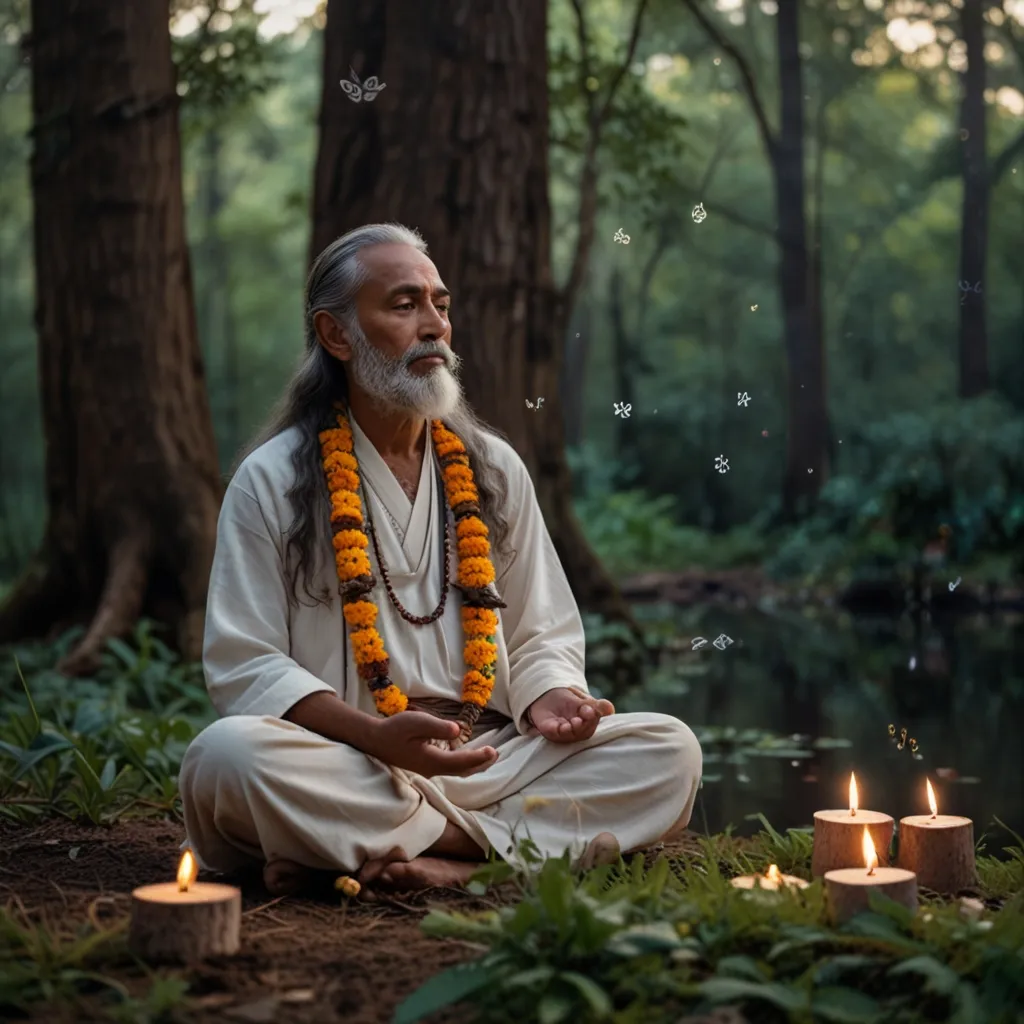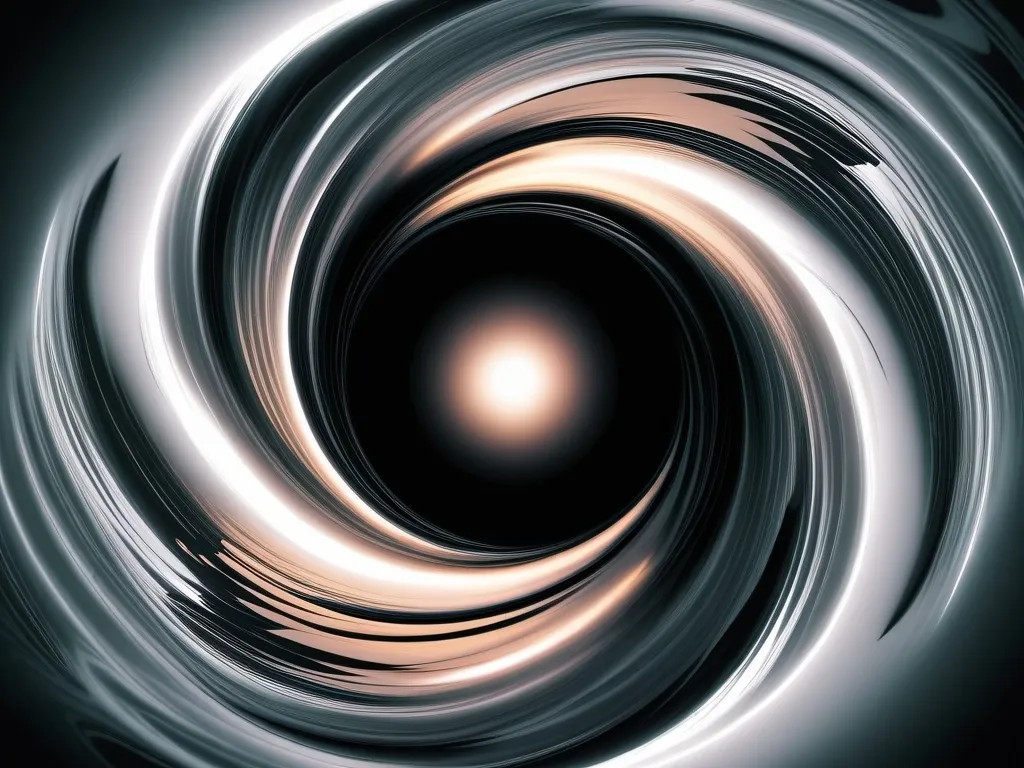In the mesmerizing world of Hinduism, Upasana shines brightly, like a lighthouse guiding one towards inner tranquility and devotion. It is more than just an age-old practice—it’s a lifestyle of ‘sitting near’ or ‘worship,’ blending various forms of meditation and devotion to establish a profound connection with the divine. This isn’t just ritualistic; it’s a spiritual discipline that aims to bridge the gap between an individual and the universe, fostering a blissful harmony with the cosmos.
Nestled deep in the heart of Upasana lies its core essence: transcending the ego and harmonizing with the universal oneness. The practice skillfully melds the individual self (jivatman) with the Supreme Self (Paramatman), lighting a pathway to inner peace and spiritual awakening. Upasana’s purpose is rooted in reaching out to divine consciousness, whether visualized as a form or an abstract, infinite reality.
In its various avatars, Upasana is mainly bifurcated into Saguna Upasana and Nirguna Upasana, each offering a unique path towards spiritual fulfilment. Saguna Upasana is about the tangible, worshipping a deity with specific attributes and form. This form uses physical symbols like idols and sacred objects to draw a physical and emotional connection through rituals such as chanting, singing hymns, and offering flowers. In this expressive display of loyalty, the heart is purified and the mind steadied, immersing itself in pure devotion.
Picture a vivid temple scene, where a devotee meticulously performs Puja, immersing in rituals like offering fragrant sandal paste and floral tributes. The mere act of visualizing the deity in the idol infuses the proceedings with reverence, turning the process into an emotive bond with the divine. It’s not merely about actions; it’s an emotional cadence created between the worshipper and the deity.
Switching gears, Nirguna Upasana pivots towards the less tangible—it involves meditating on the formless, featureless Brahman. This abstract form of worship appeals more to those who thrive on contemplation. It’s about chanting deeply meaningful mantras and surrendering oneself entirely, transforming theoretical knowledge into intuitive wisdom. Meditation reigns supreme here, serving both as an external ritual and a soulful conversation with the metaphysical.
Meditating isn’t just quiet introspection; it’s an engaging dialogue with the divine. It encompasses visualizing deities, meditating upon vast skies, or reflecting on sunlight’s warmth, ultimately stripping away the physical and mental veils that obscure divine truth. The subtlety of techniques like Manasic Pooja allows the mind to connect deeper with the divine essence.
Mastering Upasana promises an array of benefits that transcend the spiritual dimension. It purifies the heart, aligns the mind towards spiritual devotion, and cultivates humility and detachment. With such a practice, achieving peace and joy becomes a lived experience, leading to spiritual evolution and self-realization. It ensures that one’s actions (Karma) are in harmonious alignment with righteous living (Dharma).
Incorporating Upasana in daily life presents different opportunities. For the devotees who enjoy the semblance of rituals, conducting Puja either in a temple or home becomes an enriching routine composed of steps like welcoming the deity and respectfully concluding the worship. On the flip side, those inclined towards introspection might find solace in meditative practices that involve chanting sacred symbols or mantras infused with the sense of Atma Bhava.
Interestingly, the charm of Upasana crosses boundaries and resonates universally, touching upon various cultures and influencing movements centered on compassion and interconnectedness. Certain social movements resonate with these spiritual values, showing that Upasana’s teachings are inherently timeless and universally appealing.
When we consider the youth, Upasana serves as a bridge to their spiritual heritage, facilitating self-discovery and expression. It supports them in carving out personal spiritual paths that match their current lifestyles. Be it through Karma-centered actions or devotion-focused practices, Upasana aids in finding purpose and balance in a modern world filled with distractions.
In conclusion, Upasana is more than a practice; it’s a journey into spiritual abundance, offering a fulfilling pathway to inner absence of disturbance and adoration. Whether embracing Saguna or Nirguna Upasana, its holistic approach ensures spiritual growth perched on the foundation of daily life rituals, meditation, and devotion. Engaging with our inner consciousness opens windows to immense peace and spiritual illumination, reminding us that true contentment begins and ends within.






